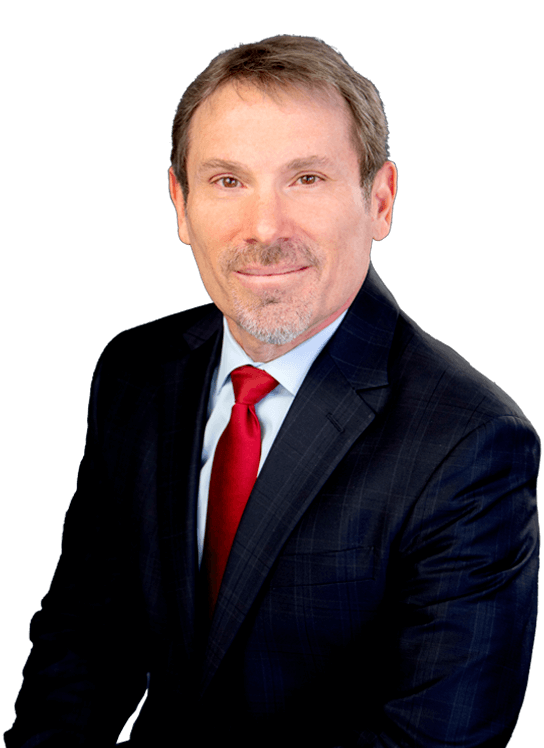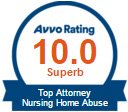Four Types of Falls
Physicians, attorneys, and other professionals who work with the aging population often classify fall injuries according to the type of fall. The four main types of falls include:
- Slip and fall where the shoe or foot of the victim is not able to grip the surface, causing the victim to lose their footing and fall. The slippery surface may be caused by spilled liquid or the surface may be inherently slick.
- Step and fall where the victim encounters an unexpectedly lower height when they step, causing them to lose their balance and fall. The step down may be caused by an irregular surface, an unmarked step, or a hole.
- Stump and fall where the victim’s foot catches on an object as they step, causing them to lose their balance and fall. This may occur with an unexpected stair or something under a rug that leaves a bump.
- Trip and fall where the victim does not see an unexpected object in their path, causing them to trip and fall.
When nursing home staff fail to provide a safe environment for residents, any one of these types of falls may result. For instance, if a staff member cleaning the floor fails to put up a sign warning of a wet surface, that can lead to a slip and fall. If a maintenance staff member replacing floor tile leaves a walkway with an open gap with a lower surface, that can lead to a step and fall.
Reasons Why the Elderly are at Risk for Such Serious Injuries from Falls
Members of the elderly population are at a greater risk of falling, and they are more likely to suffer injuries in a fall. Many of the conditions that increase the potential for falls are more common among people over the age of 65. This includes vision problems, weakness in the lower body, balance problems, vitamin D deficiencies, foot pain, and the use of medicines that affect balance. Many older adults live with a combination of these factors every day, which greatly increases their chance of falling.
In addition, when they fall, they are more likely to be injured because of brittle bones, slower reflexes, and changes in the brain. Brittle bones fracture more easily and take longer to heal. Slower reflexes prevent fall victims from recovering their balance or reacting with movement that would minimize the harm from the fall.
Changes in the brain, however, may be the most significant reason elderly people suffer more serious injuries from falls. As people age, the dura mater—the outer layer of the meninges that surround the central nervous system—adheres more tightly to bones, including the bones of the skull. This makes it easier for the underlying bridging veins in the skull to be damaged by head trauma. When these veins are damaged and bleed in the skull, intracranial subdural hematomas form. Then, because the brain atrophies as people age, the atrophy leaves more space in the skull for bleeding within the cranial cavity.
Bleeding in the head can be accelerated by blood-thinning medications commonly prescribed for the elderly. A patient may suffer from bleeding in the brain for some time before symptoms become apparent, which delays treatment and can increase the likelihood of death.
Nursing Homes Often Fail to Take Proper Precautions
In addition to situations where nursing homes actively cause falls by creating a dangerous environment for their residents, they often fail to take proper actions to prevent falls in their patients, all of whom are at risk because of the common factors associated with aging.
A nursing home could be held liable for failing to take typical preventative measures such as:
- Providing assistance for residents who need to use the toilet
- Installing handrails along walkways and ramps and in bathrooms
- Lighting hallways and common areas adequately to allow safe walking
- Securing cords to walls so they do not pose a tripping hazard
- Providing the correct assistive devices for mobile residents with poor balance
- Undertaking a risk assessment and developing a care plan for each resident
In addition, nursing homes are notorious for staff problems that can lead to neglect and increase the likelihood of falls. The facility may fail to hire and schedule sufficient staff to meet the needs of the patient census. They might also fail to provide proper training and supervision of employees who work directly with elderly residents to ensure that they are following safety protocols.
Get the Help You Need from a Denver Nursing Home Slip and Fall Attorney
While many people realize that they or a loved one have a problem after a fall in a nursing home, they are often reluctant to call an attorney because they’re not ready to sue someone. However, legal advice and representation can help in many ways.
An attorney could investigate to determine the cause of a fall and may be able to negotiate a prompt resolution to provide compensation and prevent future injuries. A legal counselor could also assist with insurance companies and establish a fair value for losses suffered by nursing home malpractice.
If you or a loved one suffered injuries after a fall in a nursing home or other elder care facility, we invite you to contact the dedicated legal team at Levine Law for a free confidential consultation to learn how we can address your needs. We have offices to serve you in Denver, Colorado Springs, Fort Collins and Loveland.


















